The semiconductor industry is becoming increasingly important, with a global market size of over $520 billion by 2023. Over the past 30 years, the semiconductor industry value chain has been shaped. Due to high barriers to entry, it is not easy for developing countries to participate in the semiconductor sector.
In the context of technological competition among major economies, Vietnam has many opportunities to become a new “player” in this value chain. However, the shortage of human resources is becoming a barrier.
Speaking at a seminar on semiconductor human resource development on the morning of April 17, Associate Professor Dr. Truong Viet Anh, Head of the Department of Science and Technology, Hanoi University of Science and Technology, said that Vietnam currently has about 5,000 semiconductor engineers, mainly design and testing engineers. With demand increasing by about 10-15% each year, Vietnam needs to have 50,000 semiconductor engineers by 2030.

“ The US Semiconductor Industry Association estimates that the US will need 42,000 new semiconductor workers between now and 2027. Japan needs 35,000 more semiconductor engineers, and South Korea needs 30,000 more in the next 10 years, ” Associate Professor Dr. Truong Viet Anh shared more about the global demand for semiconductor workers.
Associate Professor Dr. Truong Viet Anh said that to operate a semiconductor factory of TSMC's scale, it takes 60,000 workers. With current demand, the Vietnamese semiconductor industry will need about 10,000 more semiconductor engineers each year.
According to Mr. Nguyen Cuong Hoang, Head of Semiconductor Technology Department of Viettel Group, to have a place on the world semiconductor map, Vietnam needs 10 times more semiconductor engineers than it does now. This is a challenge because universities need to increase their staff size many times compared to the total achievements of the past 20 years to meet the demand.
In the chip design field alone, Viettel's human resource needs are more than 500 engineers by 2030 and more than 1,000 engineers by 2035. Of these, more than 20% of the staff must have a master's degree or higher.
“ In terms of professional structure, about 10% of engineers participate in chip system architecture design, 30% of engineers participate in front-end design, 30% of engineers participate in design verification, and 30% of engineers participate in back-end design, ” Mr. Nguyen Cuong Hoang shared about recruitment needs.
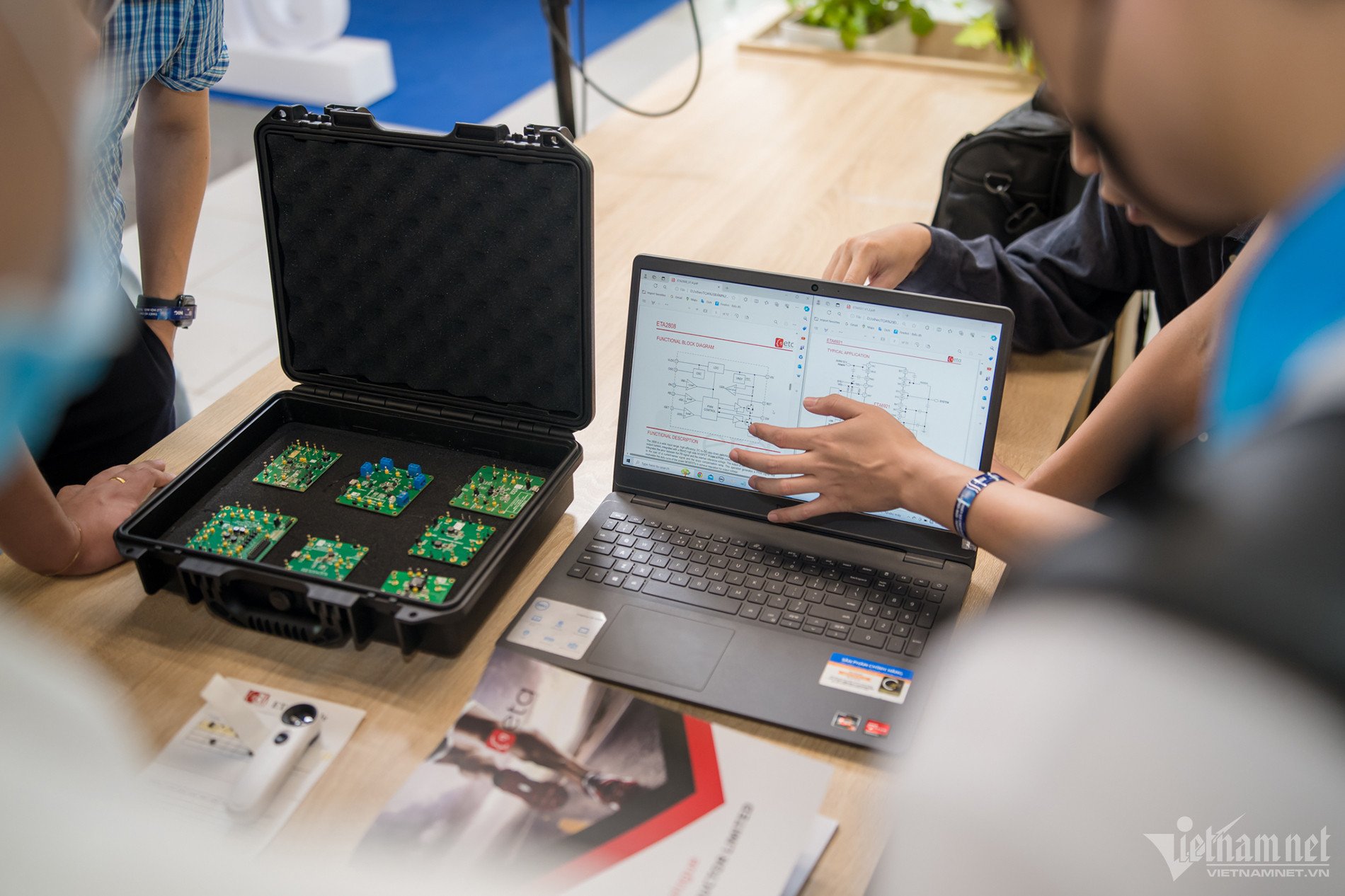
In the context of a shortage of semiconductor engineers, despite having universities capable of training in many aspects such as design, manufacturing and application development, Vietnam still faces many challenges.
Experts say that the barrier to this process is the high cost of training hardware engineers, while market demand changes in short and fast cycles. Training human resources in the semiconductor industry requires high facilities (expensive software and machinery), but investment in training and science by universities is small and short-term.
Another challenge is that engineering students often lack foreign language skills. Chip design is a high-income industry in Vietnam compared to the general level. However, the semiconductor industry requires comprehensive knowledge of both software and hardware, and many stages require working in shifts and overnight. Therefore, engineering students tend to pursue software industries, instead of choosing to become hardware engineers.
To solve the problem of semiconductor human resource shortage, Vietnam needs breakthrough mechanisms and policies in cooperation between enterprises and schools in training activities. For example, policies that allow enterprises to participate more deeply in the training process, create resources, recognize vocational certificates provided by enterprises, and semesters in enterprises.
Vietnam also needs to have preferential tax policies, tuition support mechanisms, and land incentives to build research, production, and training facilities. In particular, preferential personal income tax policies will play an important role in attracting foreign talent and experts to work in the country.
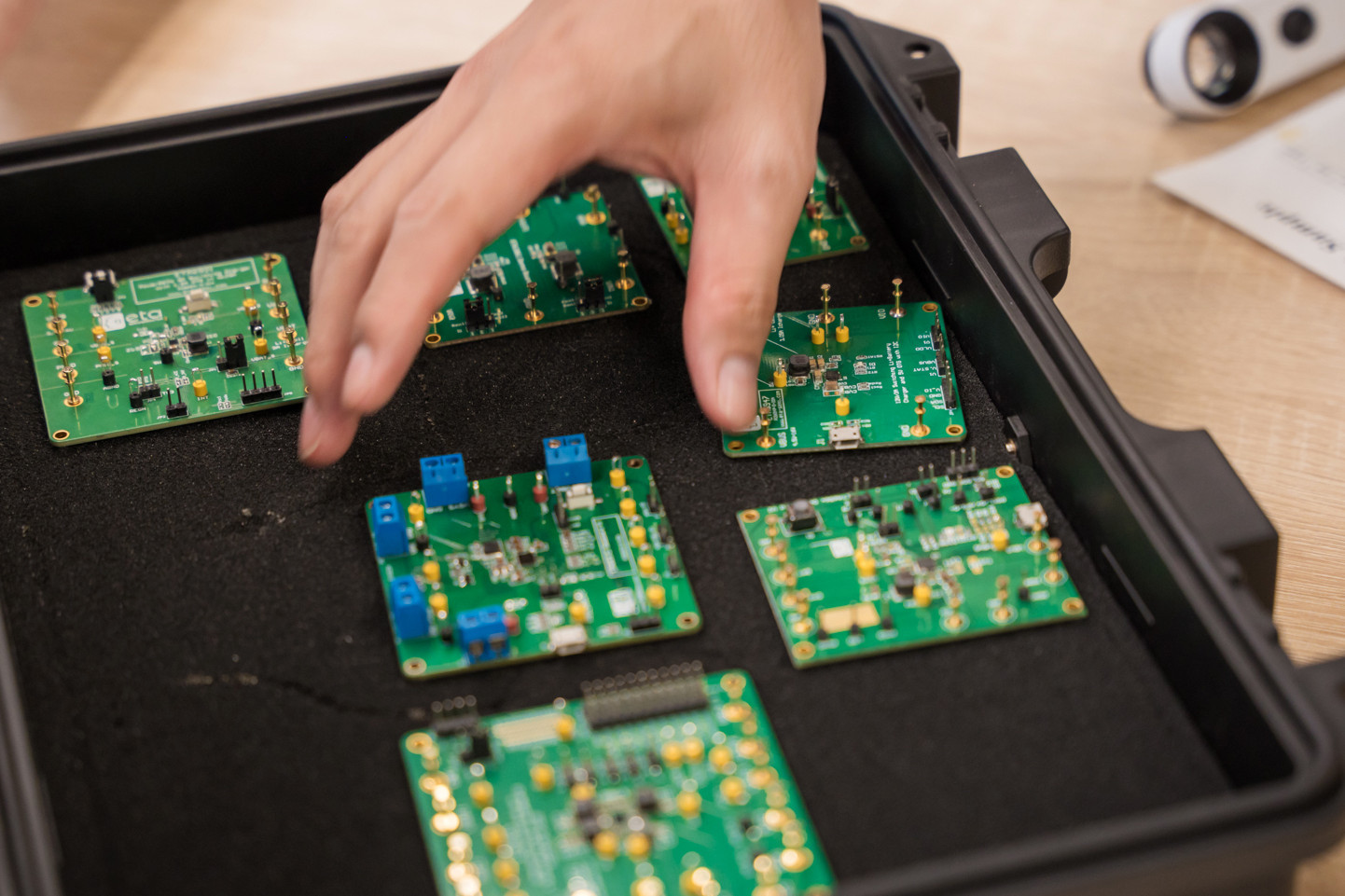
Source


![[Photo] Overcoming all difficulties, speeding up construction progress of Hoa Binh Hydropower Plant Expansion Project](https://vstatic.vietnam.vn/vietnam/resource/IMAGE/2025/4/12/bff04b551e98484c84d74c8faa3526e0)


![[Photo] Closing of the 11th Conference of the 13th Central Committee of the Communist Party of Vietnam](https://vstatic.vietnam.vn/vietnam/resource/IMAGE/2025/4/12/114b57fe6e9b4814a5ddfacf6dfe5b7f)


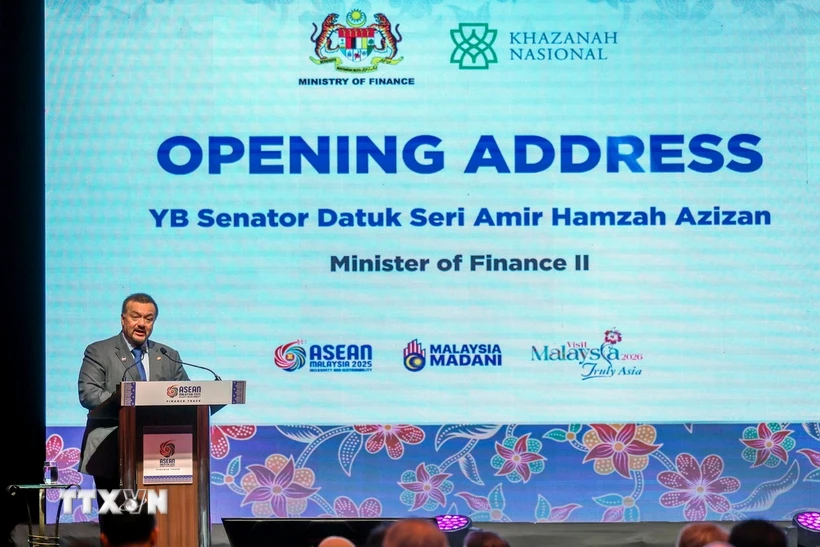





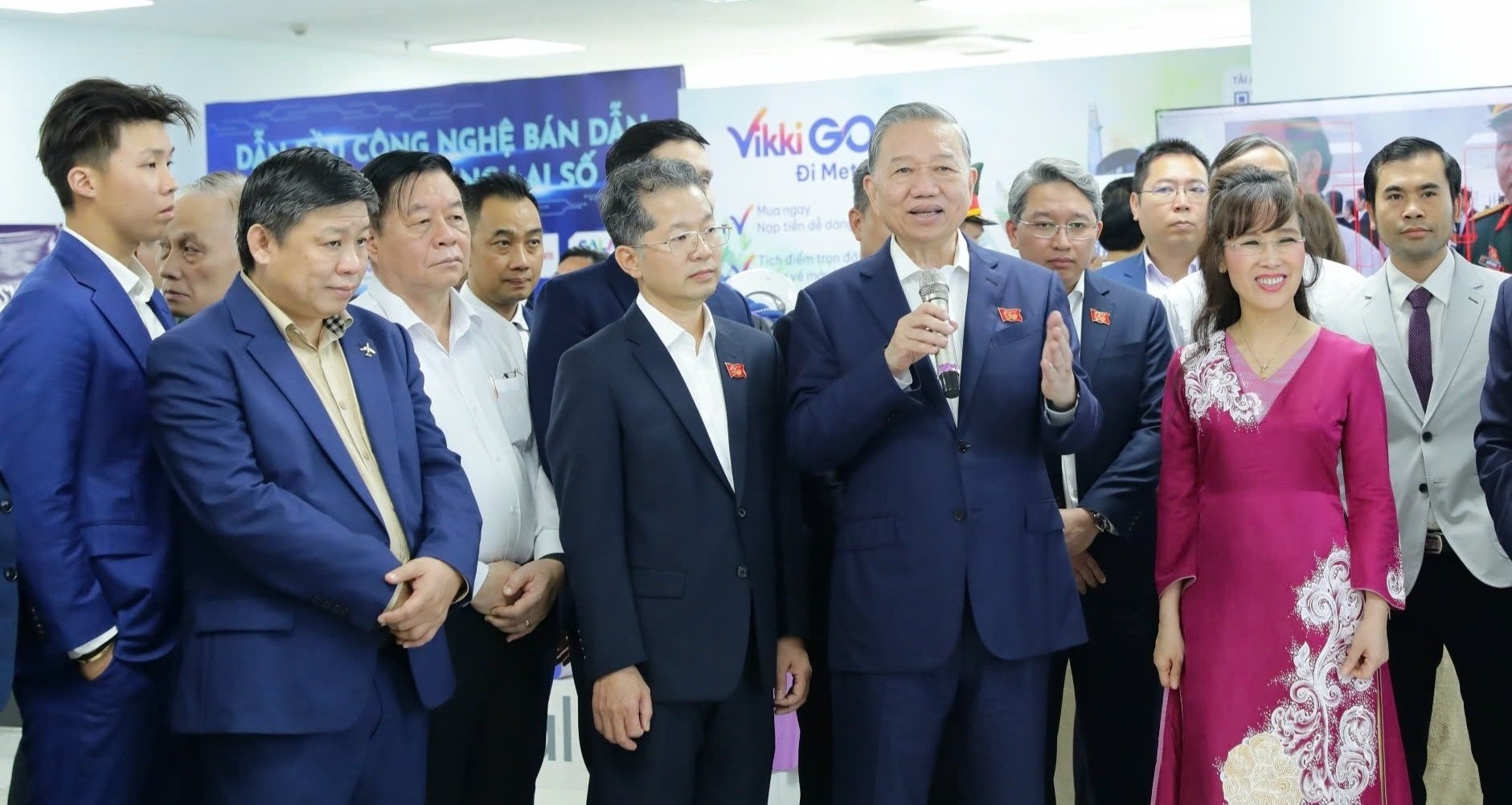


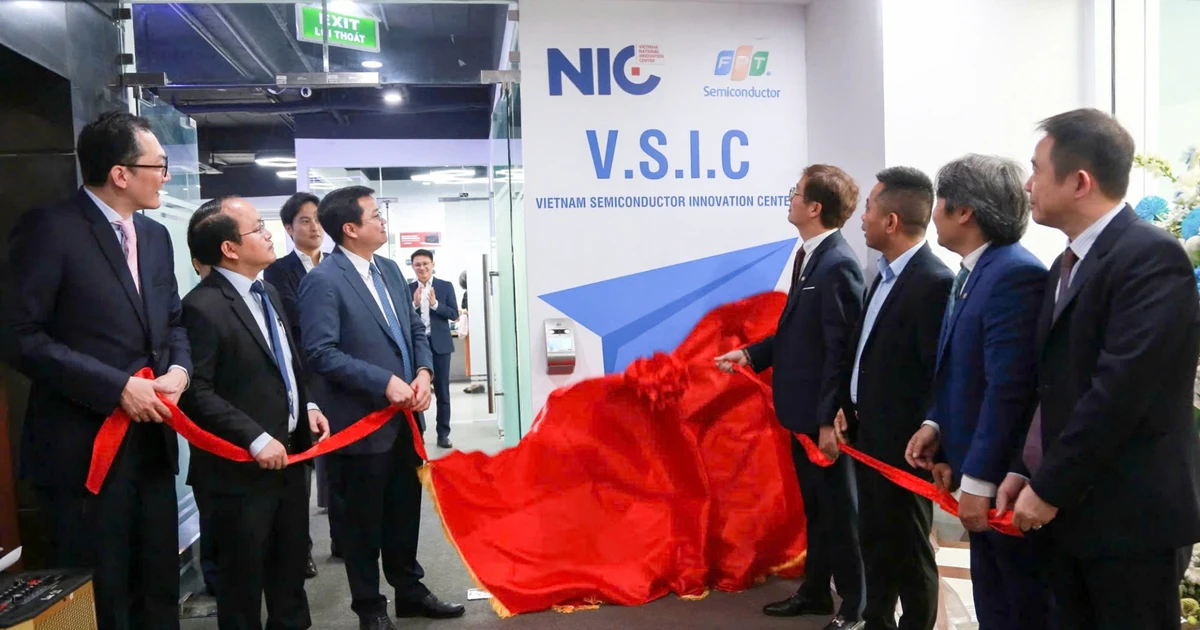











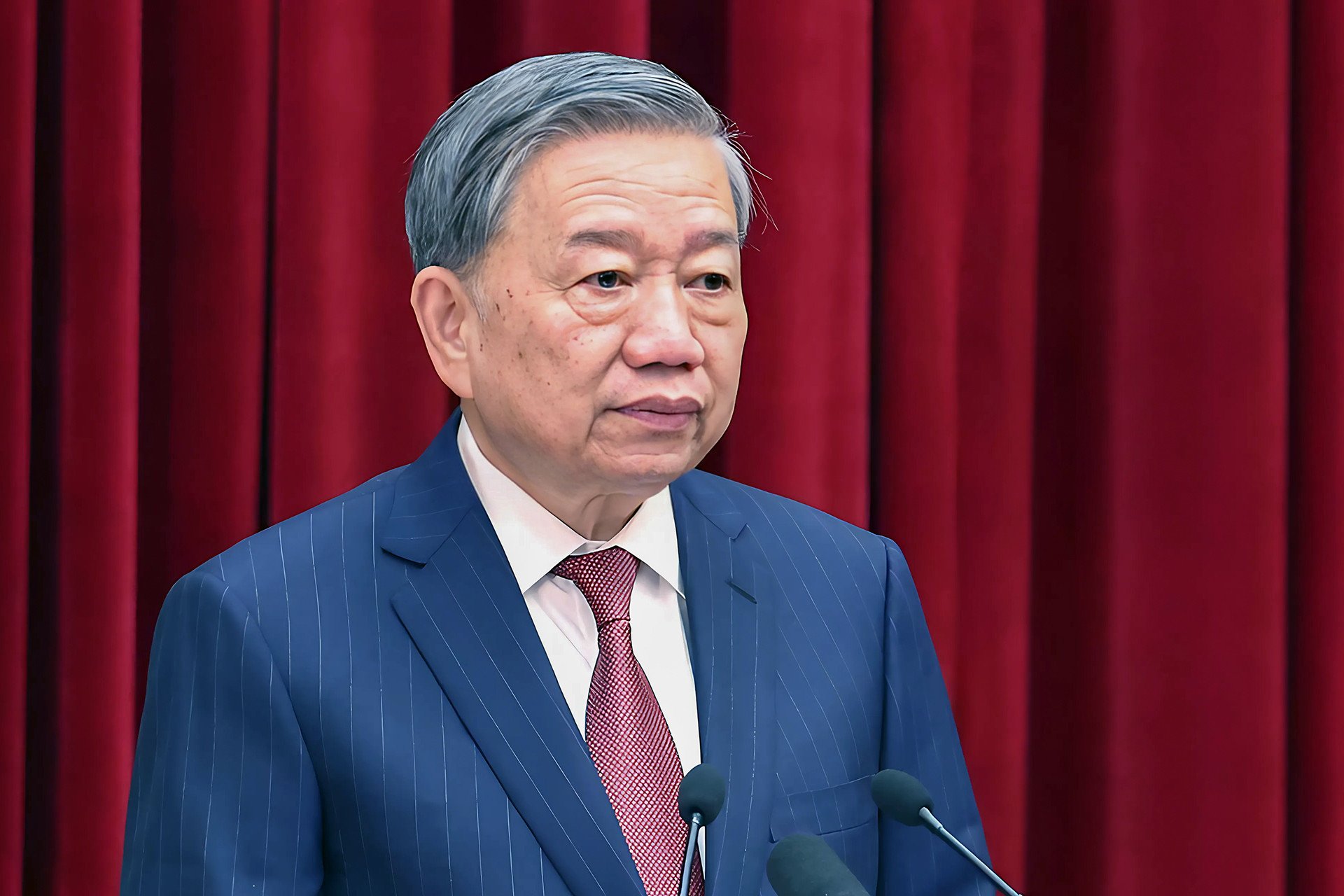
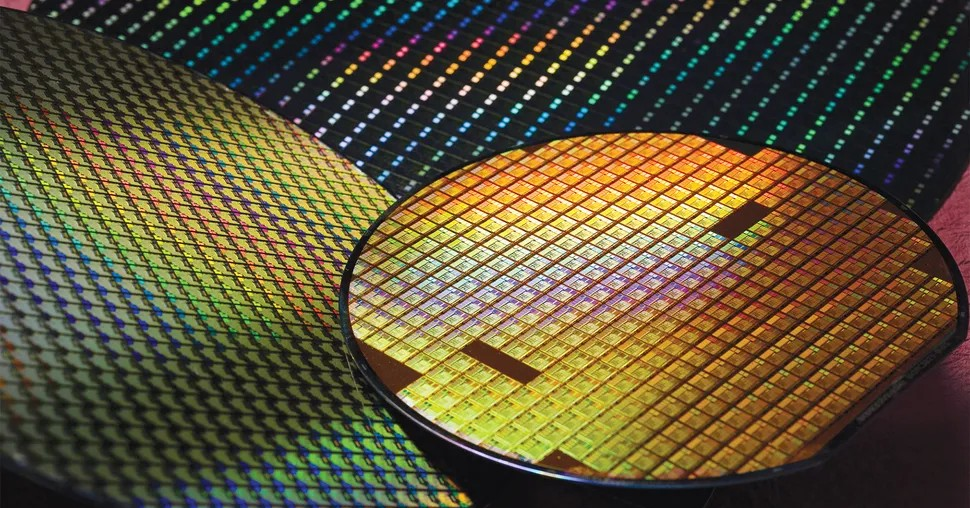












































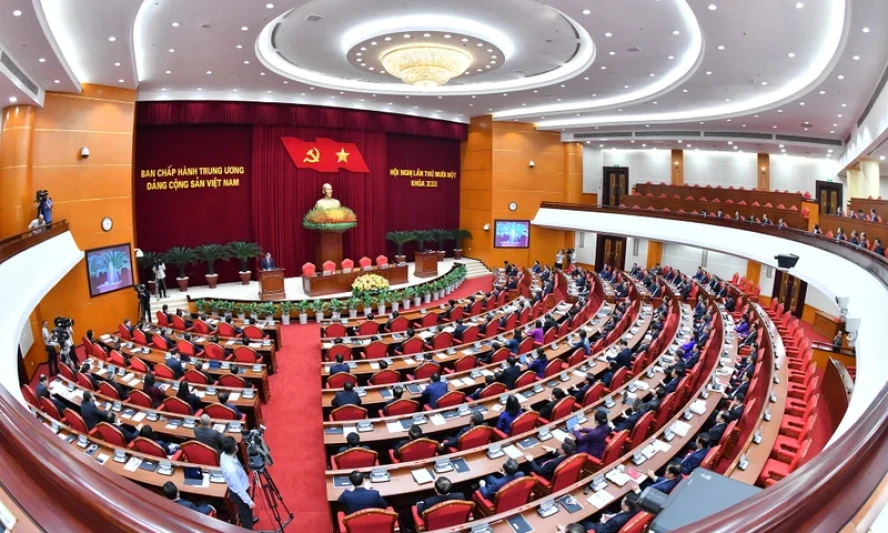
















Comment (0)